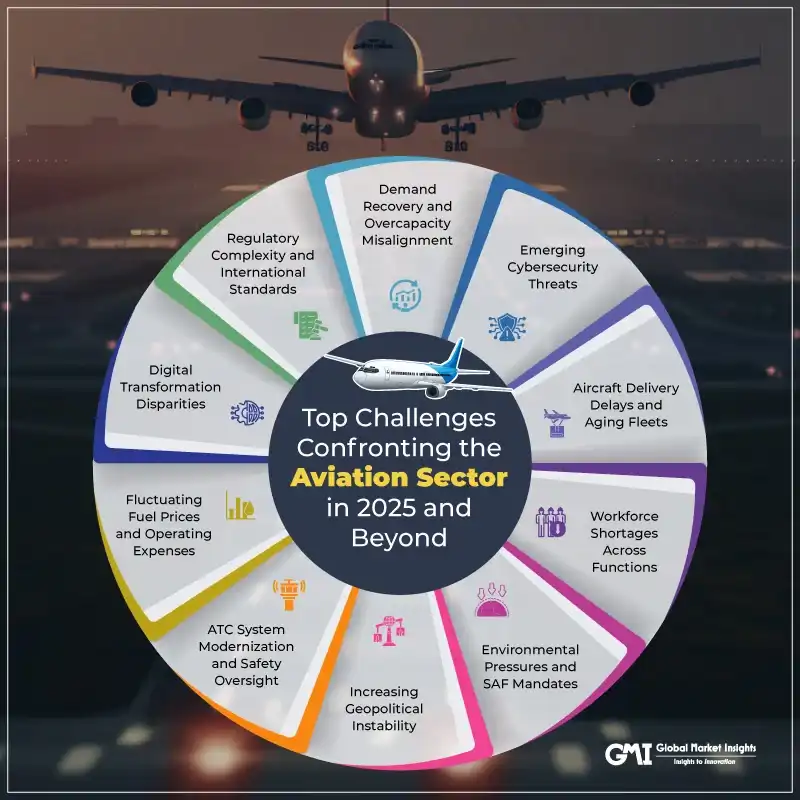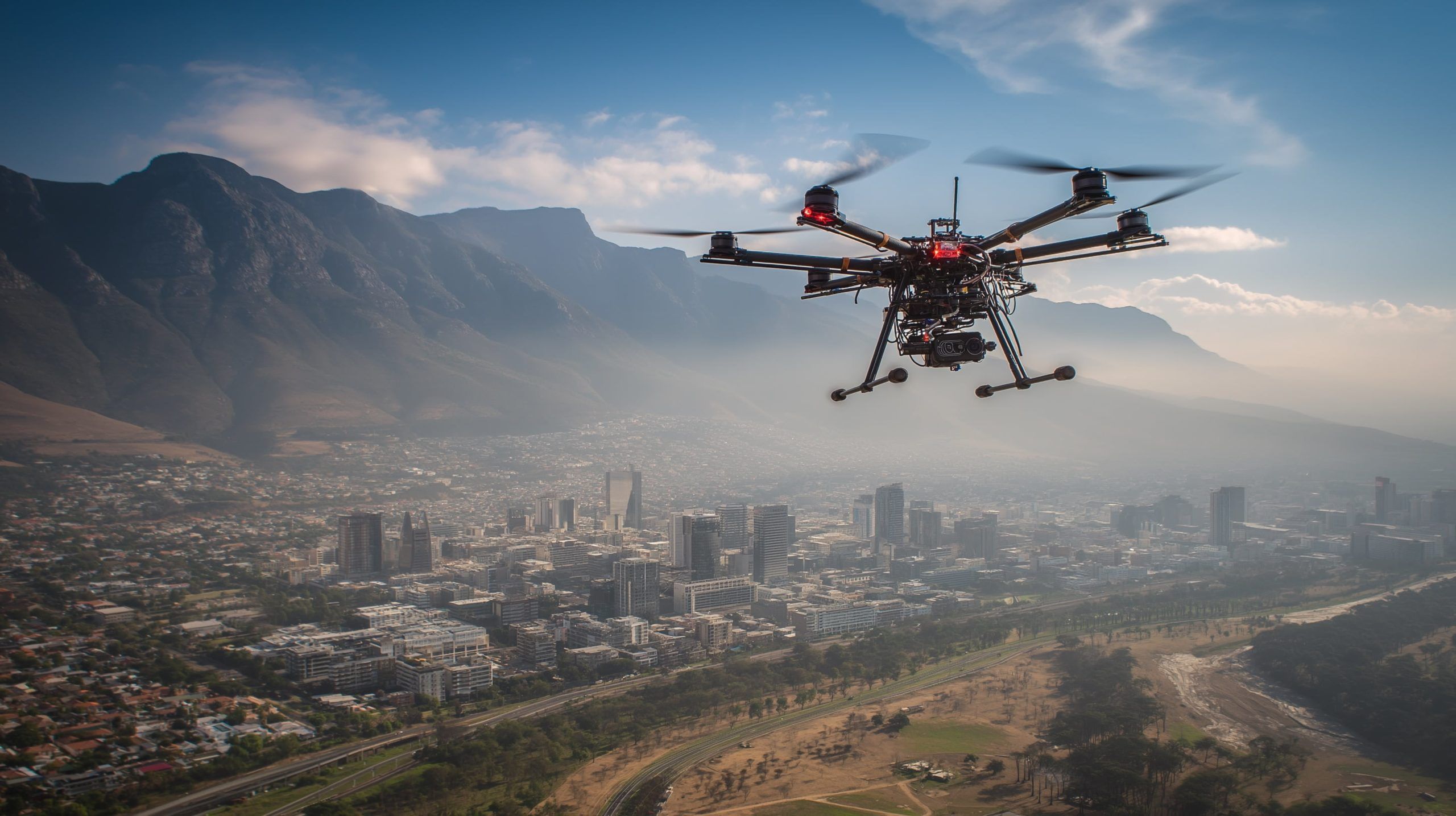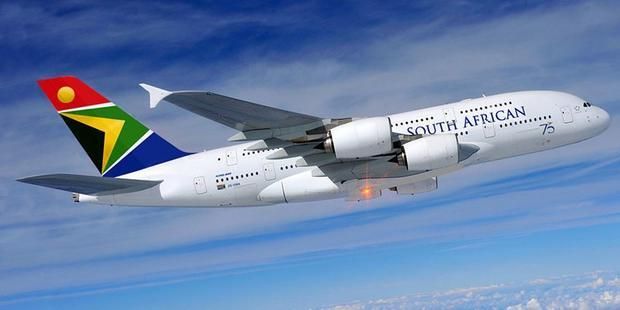Have you ever wondered who keeps air travel safe when you fly in South Africa? Your safety in the skies doesn’t happen by chance.
There are strict rules and a powerful authority working behind the scenes to make sure every flight meets high standards. Understanding who regulates air travel and what safety regulations are in place can give you peace of mind the next time you board a plane.
Keep reading to discover how your safety is protected every step of the way.
Air Travel Authorities In South Africa
Air travel in South Africa is controlled by several authorities. These organizations make sure flights are safe and follow rules. Their work helps protect passengers and crews.
The government works with international groups to keep South African air travel safe. They set standards and watch over airlines and airports.
Role Of The South African Civil Aviation Authority
The South African Civil Aviation Authority (SACAA) is the main body for air safety. It checks that airlines and airports meet safety rules. SACAA also issues licenses for pilots and aircraft.
SACAA investigates accidents and helps improve air travel safety. It makes sure all flights follow laws and international agreements.
- Licenses pilots and aircraft
- Inspects airlines and airports
- Investigates air accidents
- Enforces safety rules
- Coordinates with global aviation bodies
Functions Of The Department Of Transport
The Department of Transport sets policies for all transport types, including air travel. It plans and controls the country’s transport system. The department works to improve air travel safety and efficiency.
It also funds projects to upgrade airports and air navigation systems. The department oversees SACAA and other transport agencies.
- Creates transport policies
- Manages airport development
- Funds safety and navigation projects
- Monitors transport agencies
- Supports air travel regulations
International Aviation Organizations Impact
South Africa follows rules from international aviation organizations. These groups set global safety and security standards. South African authorities work with them to keep flights safe.
These organizations help South Africa join worldwide air travel systems. They provide training, guidance, and support for safety improvements.
- International Civil Aviation Organization (ICAO)
- International Air Transport Association (IATA)
- Airline Safety Audit Programs
- Global security standards
- Training and technical support

Credit: www.gminsights.com
Key Safety Regulations
Air travel safety in South Africa follows strict rules. These rules help protect passengers and crew.
The South African Civil Aviation Authority (SACAA) oversees these safety regulations. They set standards for aircraft, pilots, and maintenance.
Aircraft Certification Standards
All aircraft must meet certification standards before flying. These standards check design, parts, and performance.
- Compliance with international aviation rules
- Regular safety tests during manufacturing
- Approval of aircraft modifications by SACAA
- Issuance of airworthiness certificates
Pilot Licensing Requirements
Pilots must have valid licenses to fly. These licenses prove they have proper training and skills.
| License Type | Minimum Flight Hours | Medical Class |
|---|---|---|
| Private Pilot License | 40 hours | Class 2 |
| Commercial Pilot License | 200 hours | Class 1 |
| Airline Transport Pilot License | 1500 hours | Class 1 |
Maintenance And Inspection Protocols
Aircraft must undergo regular maintenance. Inspections ensure planes stay safe to fly.
Maintenance tasks include:
- Routine checks before and after flights
- Scheduled inspections as per manufacturer guidelines
- Repairs done only by certified technicians
- Keeping detailed maintenance records
Passenger Safety Measures
Air travel in South Africa follows strict rules to keep passengers safe. These rules cover many areas on the ground and in the air.
Passengers must know how safety works and what to expect during their journey. This helps everyone stay secure.
Security Screening Procedures
Security checks stop harmful items from getting on planes. Passengers and their luggage go through these checks.
- Passengers show ID and boarding passes.
- Carry-on bags go through X-ray machines.
- People pass through metal detectors or scanners.
- Security staff may check bags by hand.
- Passengers must follow all security staff instructions.
Emergency Equipment And Training
Airplanes have tools and trained staff to handle emergencies. This keeps passengers safe during flights.
| Equipment | Purpose |
| Life Jackets | Keep passengers afloat in water landings |
| Oxygen Masks | Provide air if cabin pressure drops |
| Fire Extinguishers | Put out small fires on board |
| Emergency Exits | Help passengers leave the plane quickly |
| Crew Training | Prepare staff for first aid and safety tasks |
Passenger Rights And Responsibilities
Passengers must know their rights and follow rules to keep safe. Airlines and authorities protect these rights.
- Right to clear safety information before flying.
- Responsibility to arrive early for screening.
- Right to assistance if they have special needs.
- Responsibility to follow crew instructions at all times.
- Right to report safety concerns to the airline or regulator.

Credit: ts2.tech
Airport Safety Management
Airport safety management is crucial for safe air travel in South Africa. The Civil Aviation Authority oversees safety rules and their enforcement.
Safety management covers all airport activities. It ensures risks are controlled to protect passengers and staff.
Runway And Airside Safety
Runway and airside safety focus on preventing accidents on the ground. Strict rules control vehicle and aircraft movements.
Regular inspections check runway conditions and lighting. Staff follow clear procedures to avoid collisions and foreign object damage.
- Markings and signs guide pilots and drivers
- Runways are checked for cracks and debris
- Restricted zones limit access to authorized personnel
Air Traffic Control Operations
Air traffic control (ATC) manages the flow of aircraft in the sky and on the ground. Controllers give clear instructions to pilots.
ATC uses radar and communication systems to track flights. They prevent collisions and keep planes safely separated.
- Monitor takeoffs and landings
- Coordinate aircraft movements on taxiways
- Provide weather updates and emergency support
Wildlife And Environmental Hazards
Wildlife near airports can cause serious accidents. Safety teams work to reduce bird strikes and animal intrusions.
Environmental hazards like fog, rain, and dust affect safety. Airports use technology and protocols to manage these risks.
- Use of bird deterrent systems
- Regular habitat management around airports
- Weather monitoring and alert systems
Enforcement And Compliance
Air travel safety in South Africa follows strict rules. These rules protect passengers, staff, and aircraft.
Agencies work hard to enforce these rules. They check if airlines and airports follow the law.
Inspection And Auditing Processes
Inspectors visit airports and airlines to check safety standards. They review equipment, staff training, and procedures.
Audits happen regularly to find safety gaps. Reports from audits help fix problems quickly and avoid accidents.
Penalties For Violations
Airlines that break safety rules face penalties. These punishments keep the industry safe and fair.
- Fines for minor safety breaches
- Suspension of licenses for serious violations
- Mandatory safety training sessions
- Grounding of aircraft until issues are fixed
Reporting And Investigation Of Incidents
All air travel incidents must be reported immediately. This helps authorities learn what went wrong.
Investigators collect facts and interview witnesses. Their goal is to prevent the same problems in the future.

Credit: hunteasterncape.com
Recent Changes In Regulations
Air travel in South Africa is governed by strict safety rules. Recent changes aim to improve passenger safety and align with global standards.
These changes are influenced by global trends, technology, and health concerns. Let’s explore each aspect and its impact on regulations.
Impact Of Global Aviation Trends
Global trends shape how air travel rules are updated. South Africa follows international safety standards to keep passengers safe.
- Increasing demand for eco-friendly aviation solutions
- Emphasis on reducing carbon emissions
- Adoption of international safety protocols
Technological Advances In Safety
New technology plays a key role in air safety. Innovations help monitor aircraft systems and improve passenger experience.
Response To Covid-19 Pandemic
The pandemic changed how we view air travel safety. New health protocols aim to protect passengers and staff from virus spread.
| Protocol | Description |
| Mandatory Masks | All passengers must wear masks |
| Sanitization | Regular cleaning of high-touch areas |
| Health Screening | Temperature checks before boarding |
Frequently Asked Questions
Who Regulates Air Travel Safety In South Africa?
The South African Civil Aviation Authority (SACAA) regulates air travel safety. It enforces rules and standards to ensure safe aviation operations nationwide.
What Safety Regulations Apply To South African Airlines?
South African airlines must comply with SACAA safety regulations. These include aircraft maintenance, pilot certification, and operational safety standards.
How Does Sacaa Monitor Airline Safety Compliance?
SACAA conducts regular inspections and audits. It reviews airline operations, maintenance records, and safety practices to ensure compliance with aviation laws.
Are South African Airports Regulated For Safety?
Yes, SACAA also oversees airport safety. It enforces security measures, runway standards, and emergency preparedness at all commercial airports.
Conclusion
South Africa’s air travel safety relies on strict rules. The Civil Aviation Authority sets and enforces these rules. They work to keep passengers safe every day. Airlines and airports must follow these laws closely. Passengers can feel confident when flying here.
Safety checks and inspections happen regularly. Clear rules help prevent accidents and problems. This system keeps air travel reliable and secure. Understanding who controls safety helps build trust. Air travel in South Africa stays safe with strong regulations.